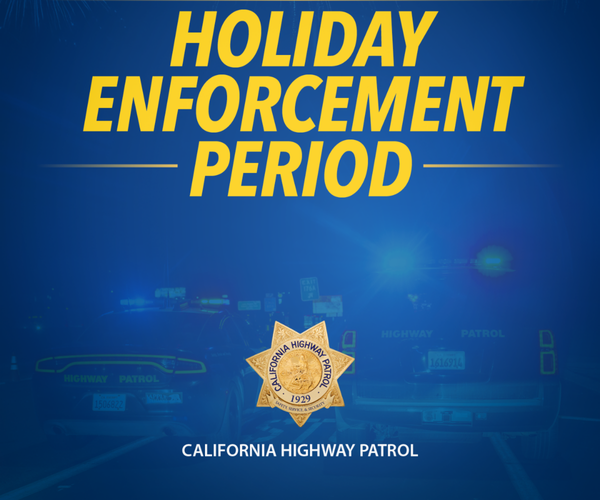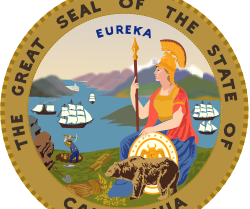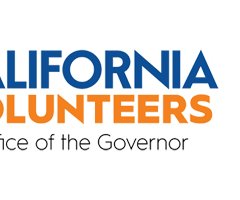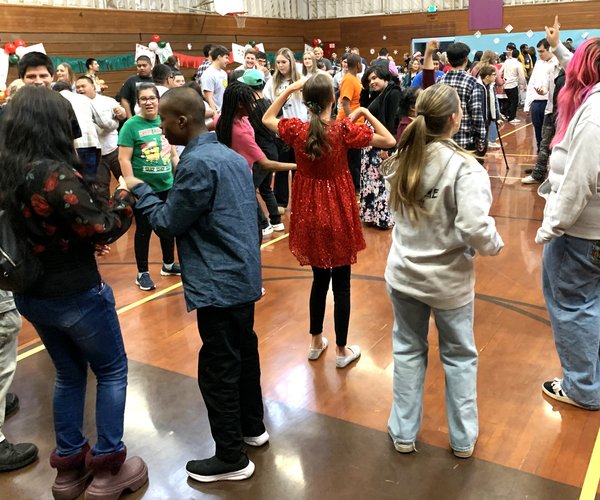Preparation can pave the way to professional success, and that utility extends beyond one’s career. Preparation also is a vital component of personal safety, particularly in relation to natural disasters. Knowledge of storms and weather-related events such as hurricanes, tornadoes and floods can be lifesaving, and various government agencies encourage adults and children alike to learn what they can do to stay safe should a storm strike. But it’s equally vital to personal safety to assemble a disaster supplies kit. Ready.gov, the official website of the United States Department of Homeland Security, recommends individuals gather and maintain the following items as part of a basic emergency supply kit.
Water (one gallon per person per day for several days). Keep in mind that the water is not only for drinking, but also for sanitation.
Food: Each person in your household should have a several-day supply of non-perishable food.
Battery-powered or hand crank radio and a National Oceanic and Atmospheric Administration Weather Radio with tone alert. Various retailers carry NOAA radios, which typically cost $50 or less.
Flashlight: A flashlight for each person in the household is ideal.
First aid kit.
Extra batteries: Enough extra batteries to keep flashlights and radios operational during a potentially days-long power outage is recommended.
Whistle: A power whistle that’s loud and carries for a significant distance can be used to signal for help, if necessary.
Dust mask: Air can become contaminated during a natural disaster, so a dust mask for each person in the household can ensure everyone can safely breathe.
Plastic sheeting, scissors and duct tape: These materials can be employed to stay safe and warm or cool when ordered to shelter in place.
Moist towelettes, garbage bags and plastic ties: Personal sanitation items such as these can help people stay healthy and keep an area sanitary when services such as garbage pickup and water utilities are not operating normally.
Wrench or pliers: Tools such as a wrench and pliers can be used to turn off utilities when it’s necessary to do so, such as during a flood.
Manual can opener: A manual can opener can open canned goods during power outages.
Local maps: Local maps of areas around your home, place of business and children’s schools can help you get around if roads are closed. Even people who feel they know the areas where they live, work and attend school like the back of their hand are urged to keep maps of such regions readily available.
Cell phone with chargers and a backup battery: Backup chargers and batteries can make it possible to maintain access to potentially lifesaving information and facilitate staying connected with loved ones and neighbors.





